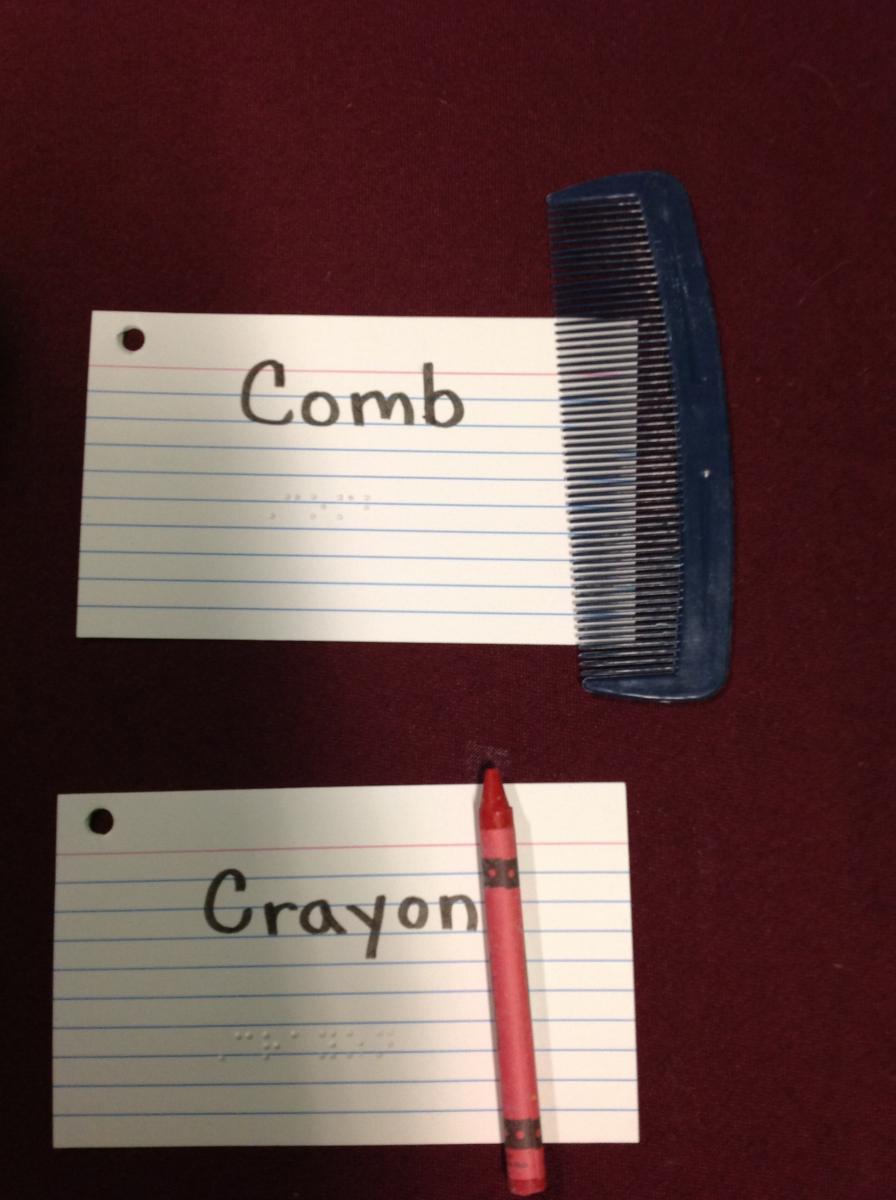Cardboard is my friend.
Thank goodness for Amazon, UPS and FedEx. I look forward to a delivery because I use the boxes to create books and activities for my students with visual impairments.
I like things that don’t cost much that I can send home with a student or leave in a classroom. I don’t care if it gets lost or ruined because it is easy and inexpensive to replace and typically pretty fast to make.
I love cardboard boxes that items are shipped in because the cardboard is typically heavy duty and already scored in several places. That helps to bend the cardboard into books or activities without having to get out a ruler and score it myself. Out of a small box I can usually make 3-4 books/activities for my students.
I love paper lunch bags; they take a lot of abuse and come 50 or more to a pack. Four lunch bags can make a 6-page book that has compartments to put items in.
I love the formica chips that are already pre-punched that you can find at local hardware stores. They are great to glue objects onto for object symbols, or sorting or matching activities. They last forever and come in different sizes. Most of the hardware stores will give you samples if you just ask.
A little bit of money and an hour spent in the local dollar store or thrift store can offer a plethora of useful and inexpensive items to use for books/activities for your students. You just have to think outside the box.
Create!
Examples of Creations Made from Inexpensive Materials
Shape Book (made with paper bags)
This Shape Book is made out of paper bags and twine, with labels using a black Sharpie, as well as braille labels. Each page of the bag has directions naming a shape and inviting the reader to “look inside” or “look under”. Each page (or bag) has a different shape, such as circles, squares, triangles, stars, and hearts. The students love looking in the bag and under the flaps! Because this is not expensive to make, I’m happy to send it home or leave it at a school.





Texture Match Activity
This texture match activity also uses a paper bag to store the materials inside.


I glude two sets of textured items onto formica chip cards that are pre-punched and the student matches the cards. This can be played like Concentration or in any number of ways (e.g. give the student a card and ask her to reach in the bag to find one that matches).
Shape Match Activity
As with the Texture Matching activity above, this Shape Match activity uses formica chip cards with sets of different shapes glued onto them. The activity can be set up in a variety of different ways.
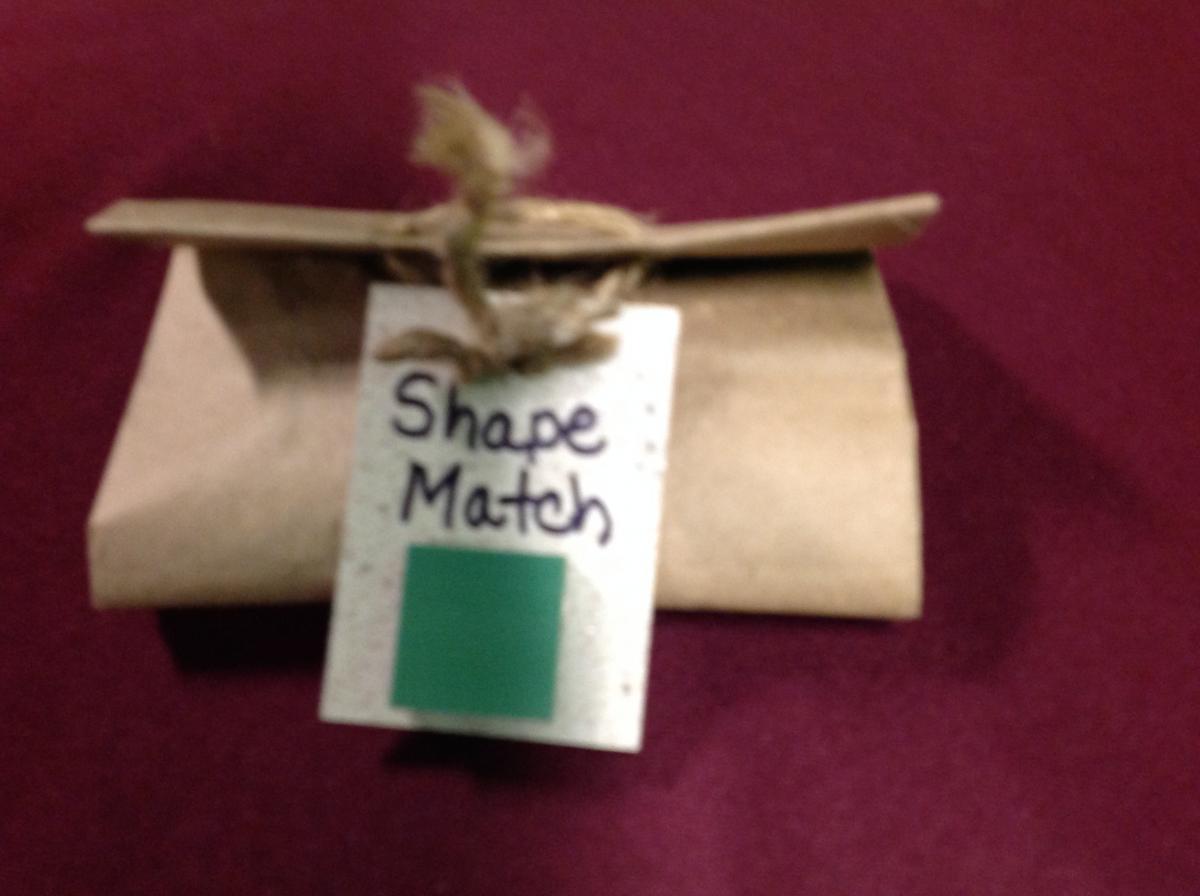
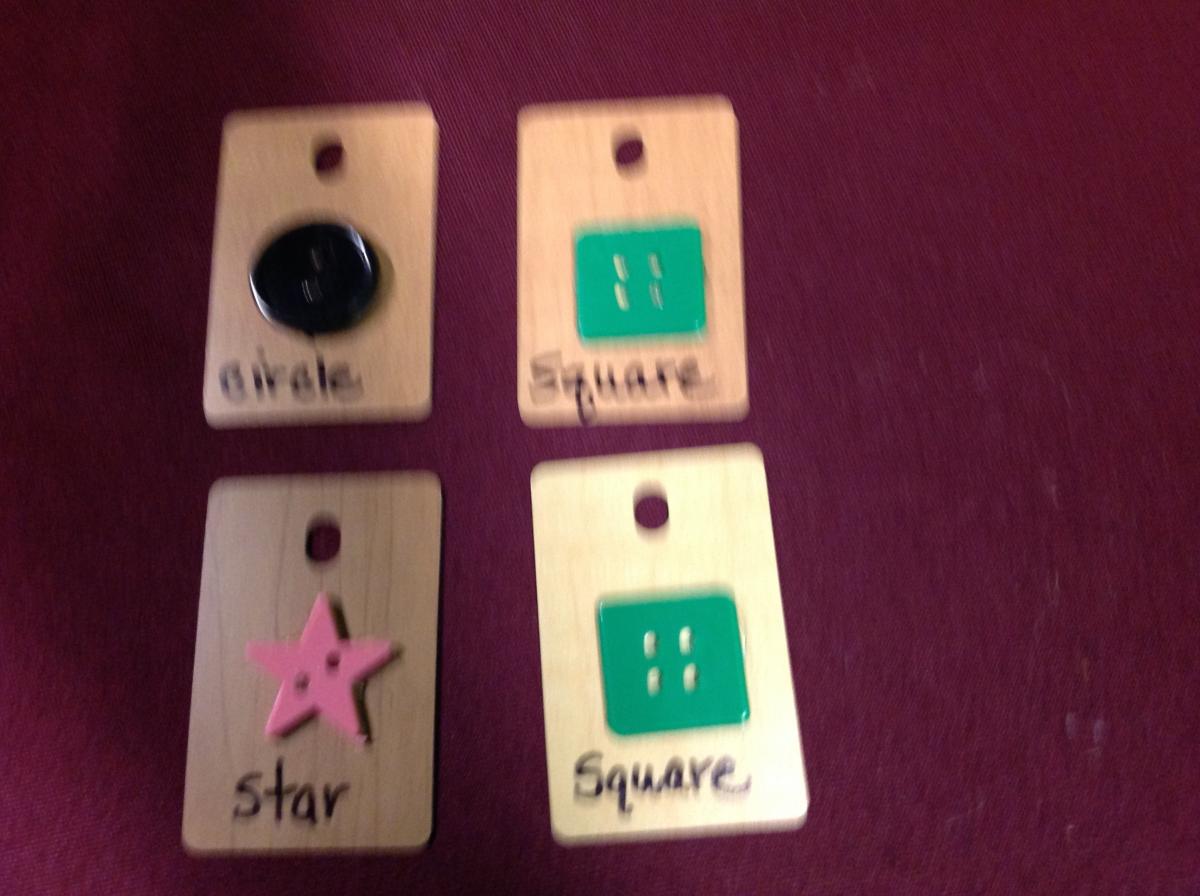
Alphabet Bags
Alphabet Bags are paper bags with a letter of the alphabet in print and braille on each bag. Inside are objects whose names start with the letter on the bag, along with index cards in print and braille.



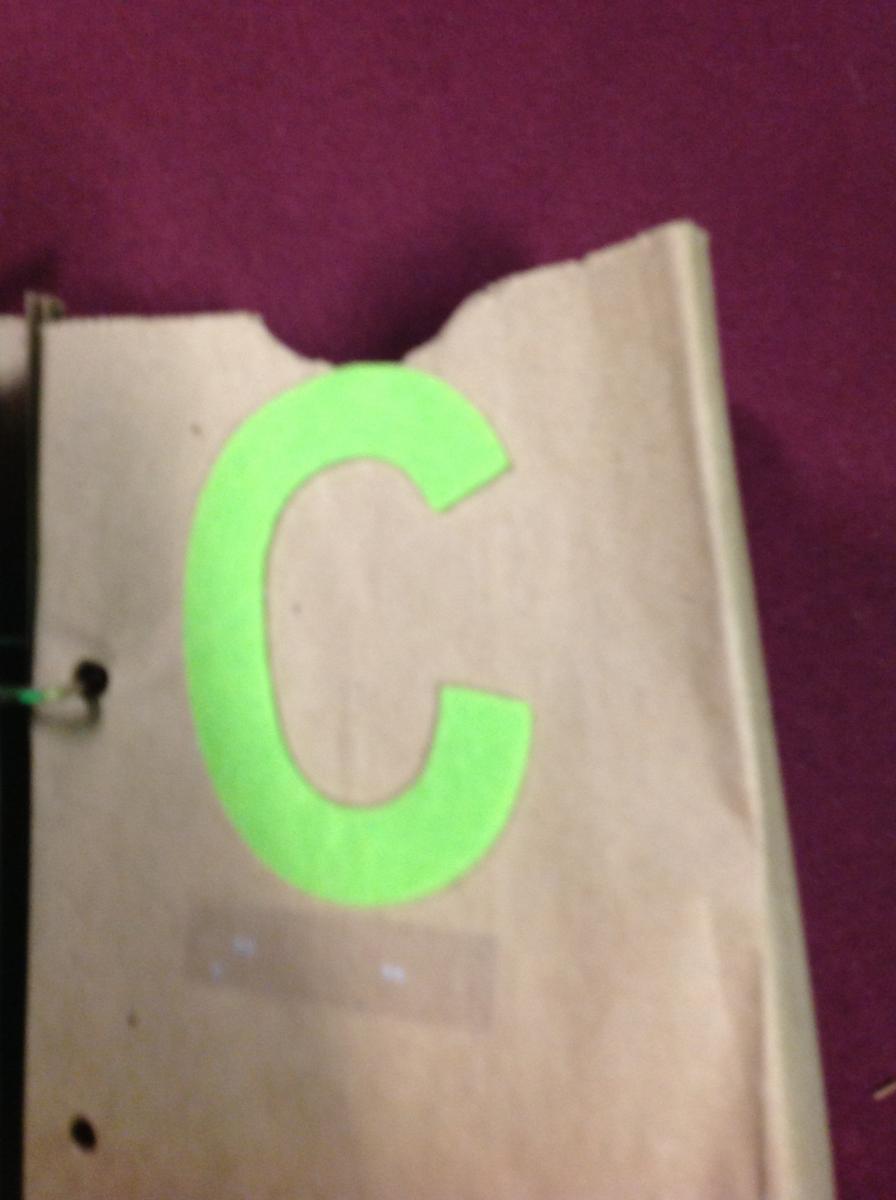
Word Family Wheel
In this simple activity, I have attached letters to a color wheel (which I got for free at a paint store). The student spins the wheel and makes new words using the initial letter, e.g. rat, mat, cat, fat, sat, etc.
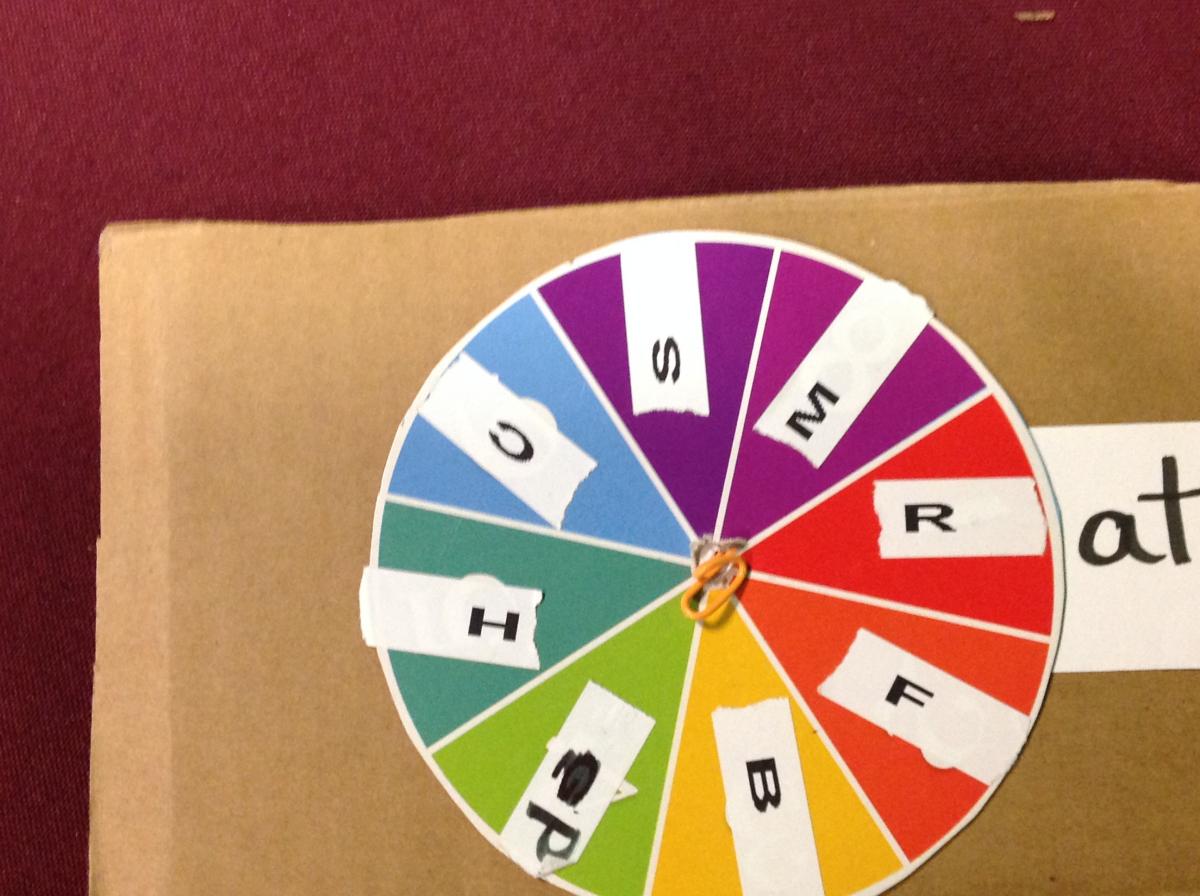
Circle Book
This Circle Book has different types of circles on each page: big and little, different numbers of circles, and circles in a line.



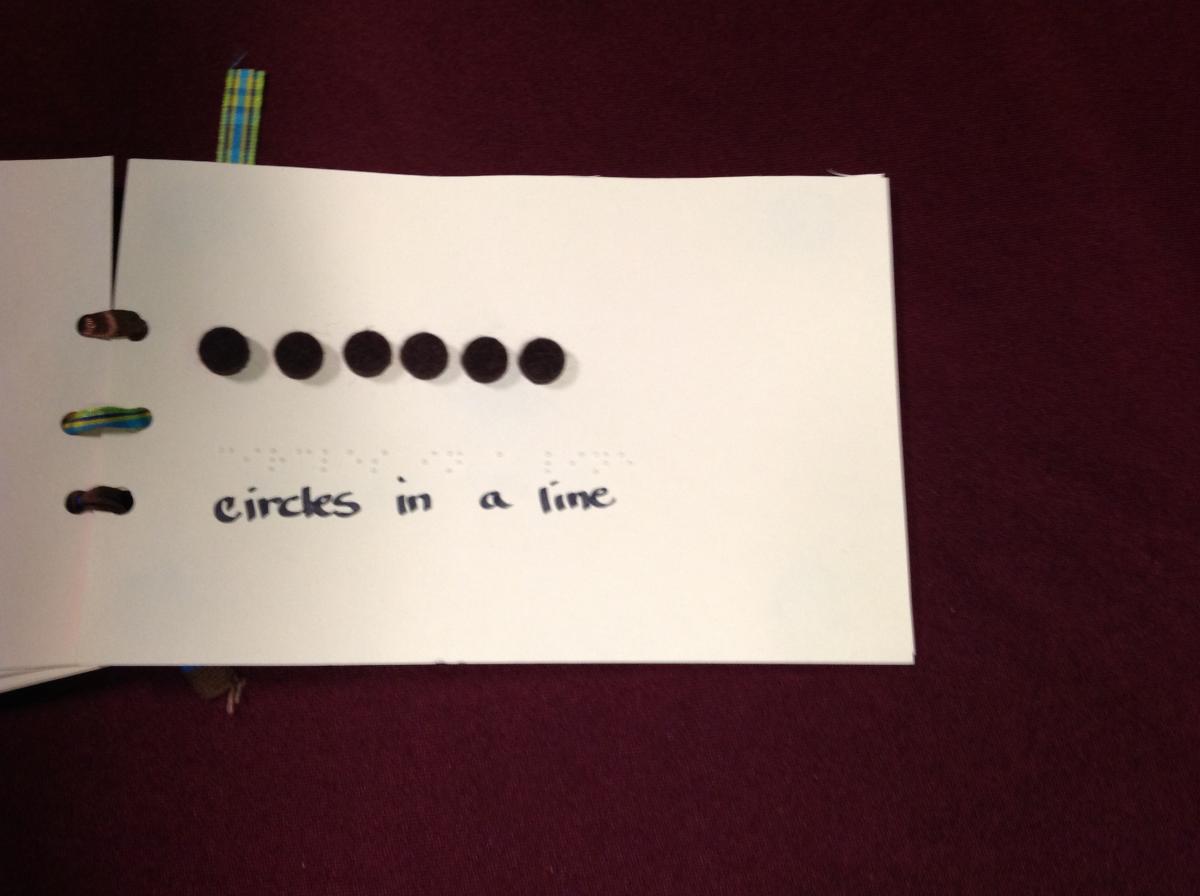
Feather Activity and Cardboard Book
This is an example of a piece of cardboard (which I painted black) where it is scored, so that it folds over. There is a feather on the left side and then the braille words “weather” and “feather” are on the right. The student looks for the correct word to match to the object.


Below is another piece of cardboard that has been made into a blank book. It can be used for activities (matching, etc.) or a simple concept book.
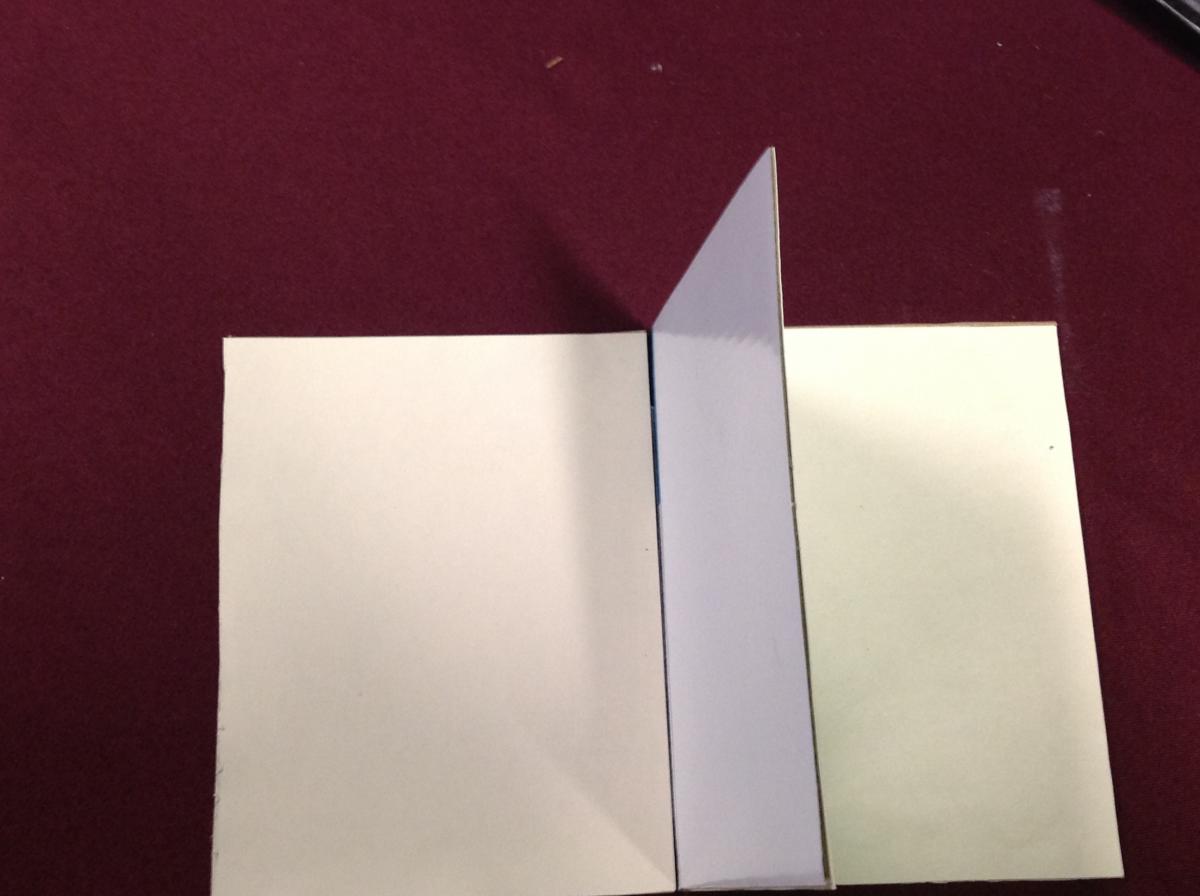
Plastic Tray with Shapes
Plastic packaging can often be used to make sorting trays or to organize independent tasks.
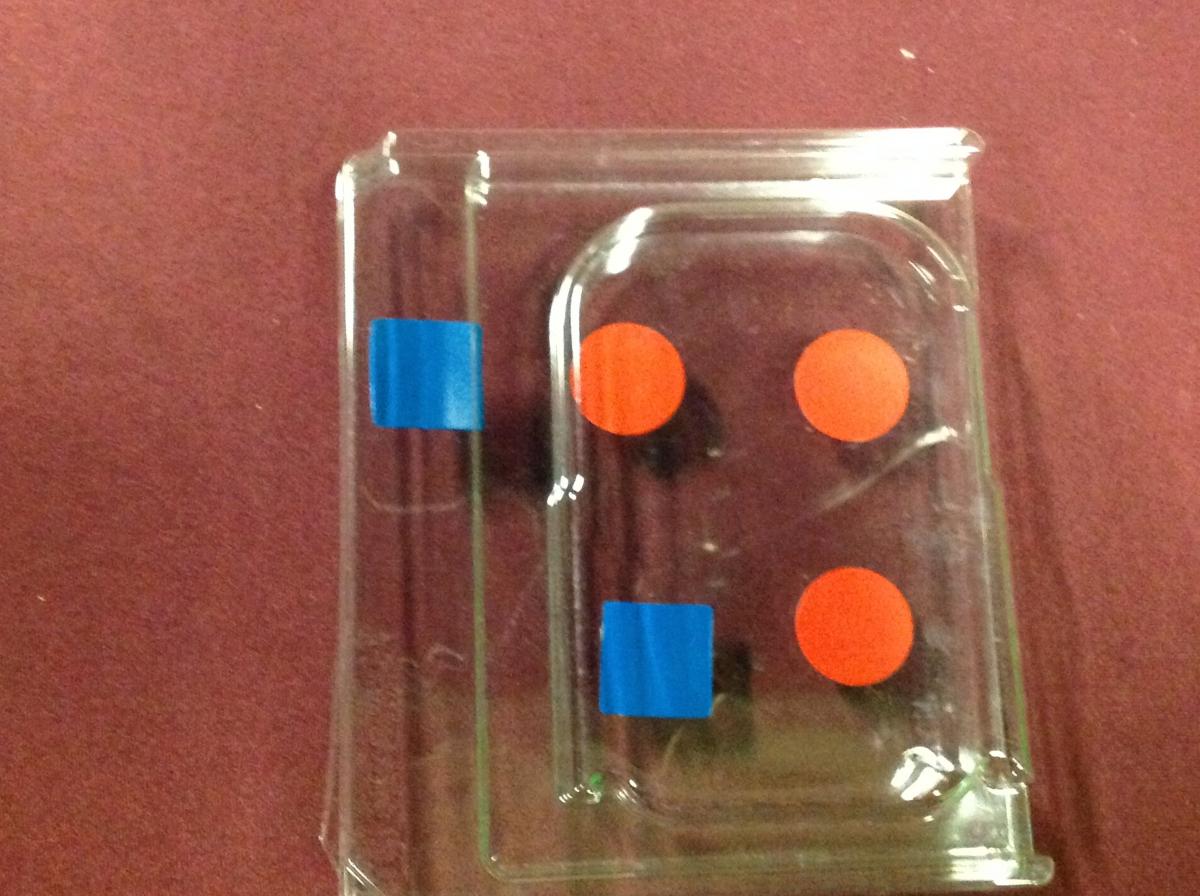
Shape File Folder Activity
This file folder with shapes and Velcro in a grid can be used for a variety of activities, such as matching, following patterns, or playing Tic Tac Toe.

Page Fluffers
Page fluffers are small textured items that are glued to the top of the page to enable young children or students with motor challenges to turn the page more easily.

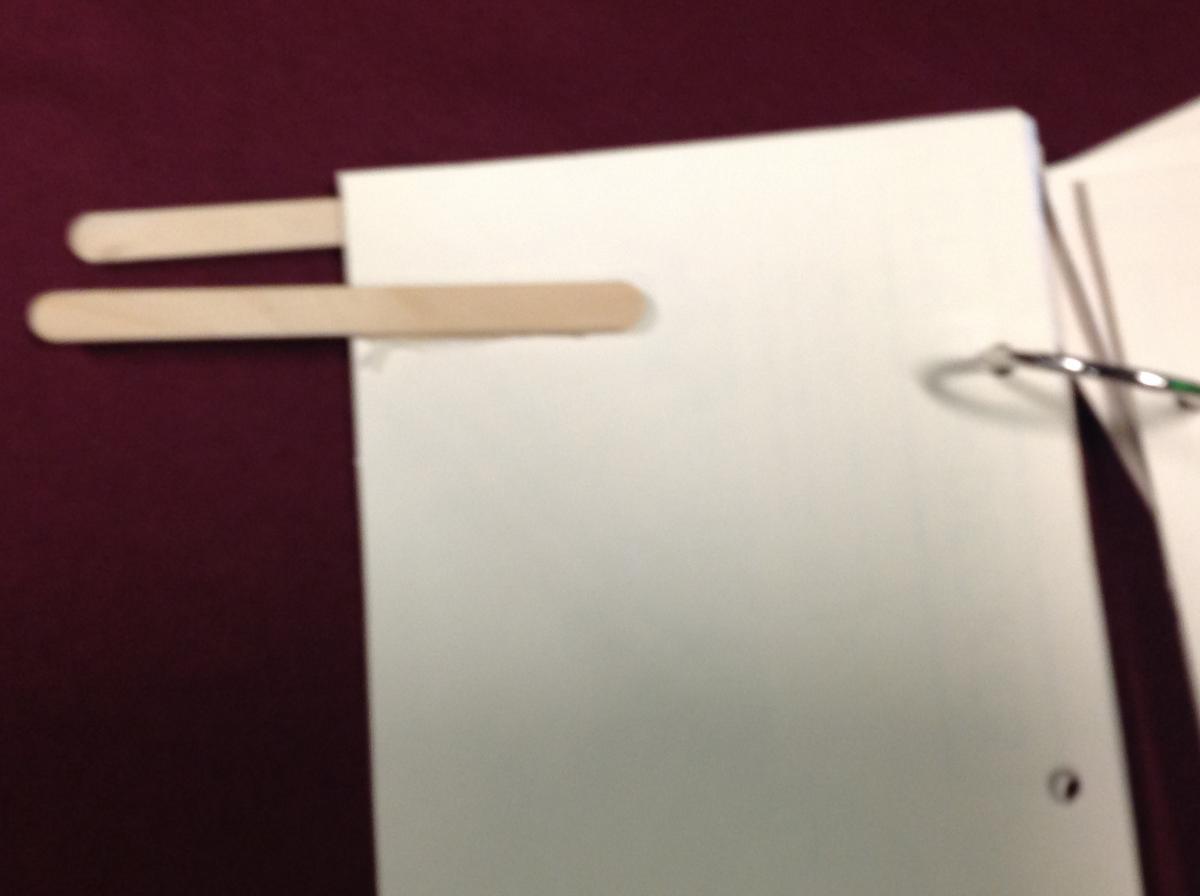
We hope you’ll share your ideas of creative materials you’ve made using inexpensive items!




